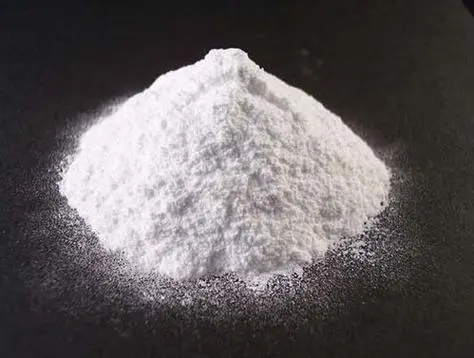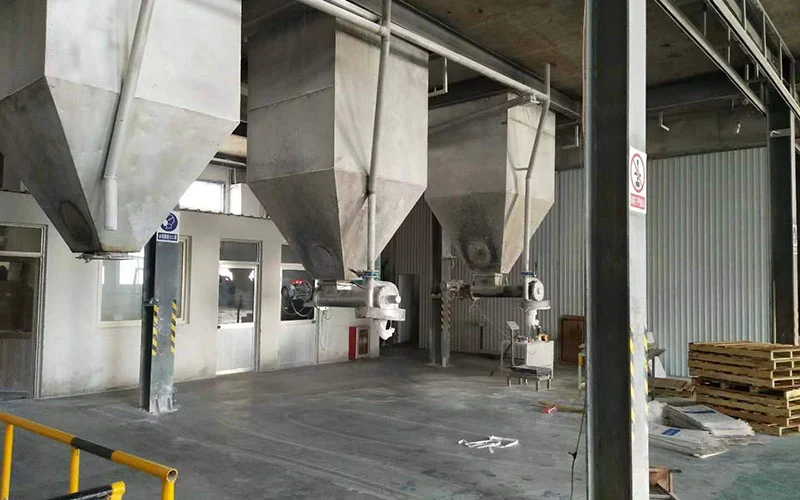1、The lower the particle size of ultra-fine aluminum hydroxide, the larger the specific surface area and the better the flame retardant effect. It can also further enhance the interface interaction and improve the mechanical properties of the polymer.
2、 Improving the purity of aluminum hydroxide through high purification can significantly enhance its flame retardant effect.
3、Surfactant treatment uses anionic and cationic surfactants such as advanced fatty acids, vinegar, alcohols, and phthalamides to modify their surfaces, in order to enhance the affinity between aluminum hydroxide and resin, improve product performance, increase flame retardancy, improve processing performance, and enhance compatibility with polymer materials. It also further enhances the impact resistance of rubber, plastic, and other products.
4、Coupling agent surface treatment: Surface modification of aluminum hydroxide with coupling agent is achieved by utilizing the functional groups of coupling agent molecules to react with hydroxyl groups on the surface of aluminum hydroxide, forming chemical bonds. On the other hand, the other end of the coupling agent molecule has a hydrophilic organic property, which can undergo some chemical reaction or mechanical entanglement with organic polymers, thereby firmly bonding aluminum hydroxide and polymers, which have completely different properties, By using coupling agents to form molecular bridges on the surface of aluminum hydroxide, two materials with special properties are connected together, thereby improving their compatibility with organic polymer materials, and significantly improving the tensile strength, elongation, and impact resistance of unreinforced polymers.
5、The synergistic effect with other flame retardants is limited when a single flame retardant has a synergistic effect. Therefore, it is often necessary to combine multiple flame retardants together to enhance their mutual effectiveness, learn from each other's strengths and weaknesses, and achieve the goal of reducing the amount of flame retardants, improving the flame retardant performance, processing performance, and mechanical properties of materials.


